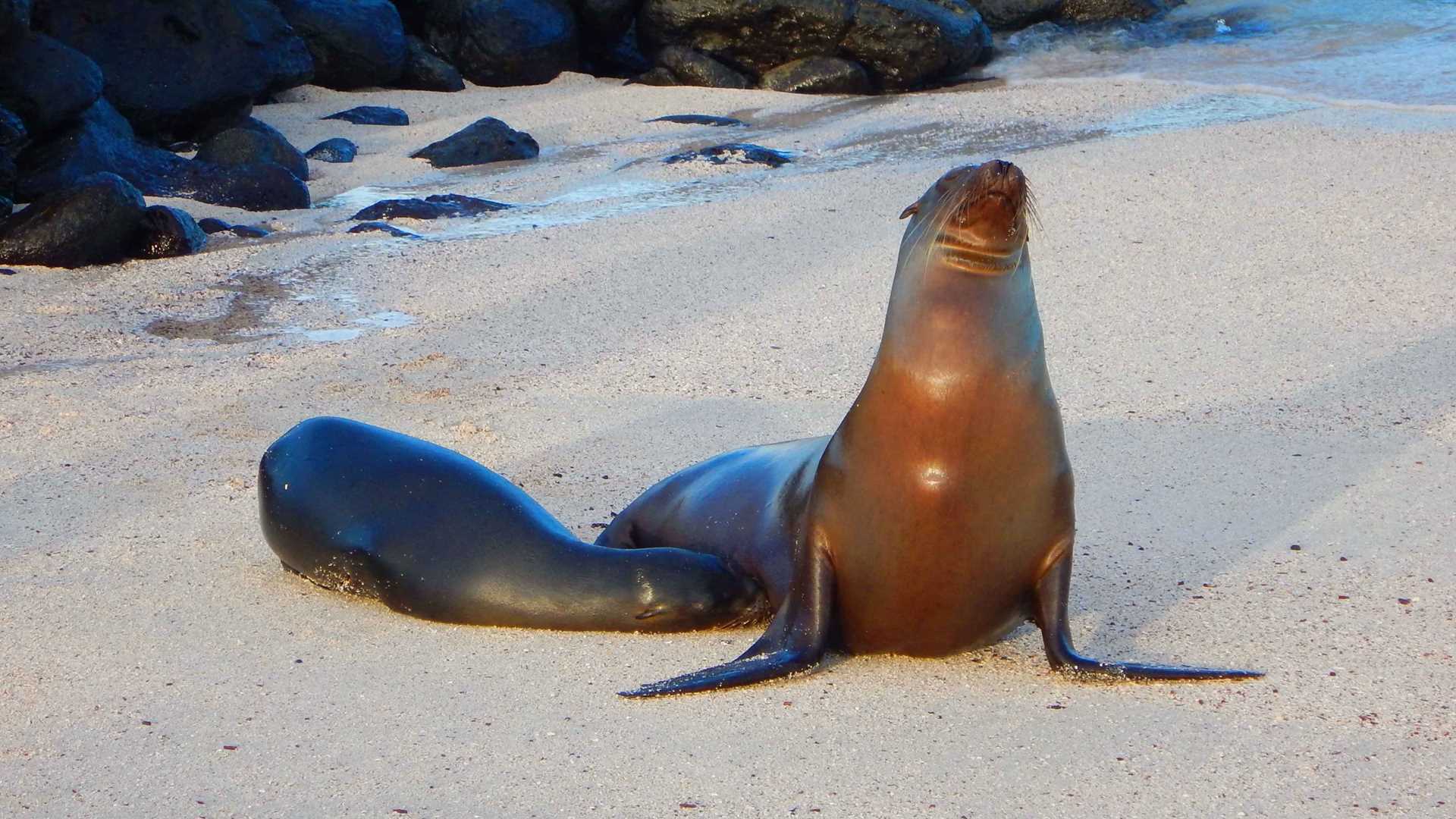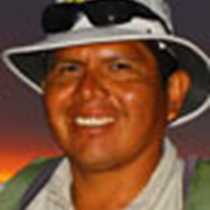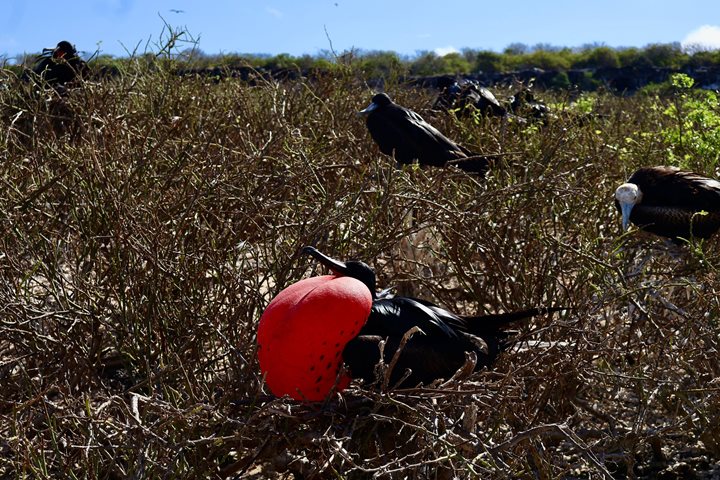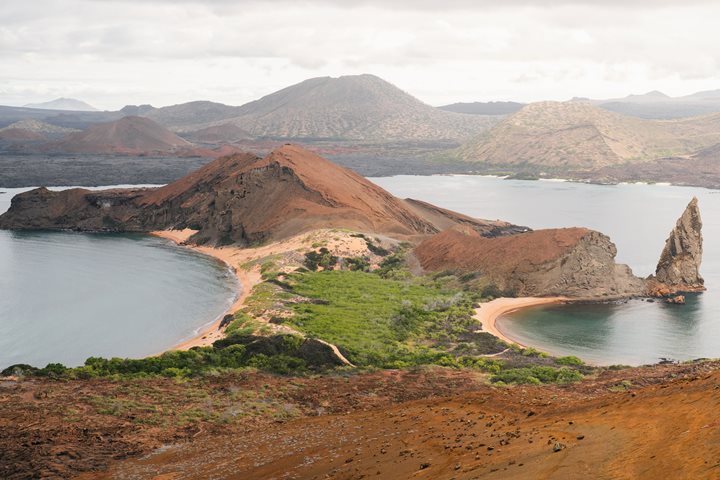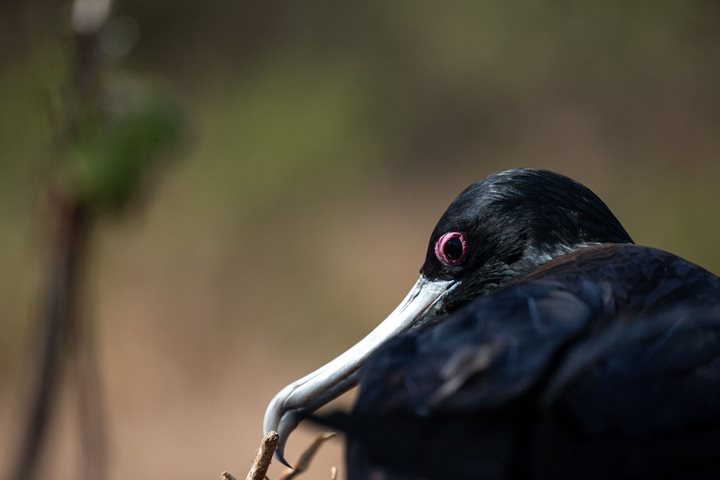Espanola is one of the oldest islands in the Galapagos Archipelago, with an estimated age of 3.5 million years. This island has two wonderful visitors’ sites with a great variety of species, some of which are endemic to the entire archipelago such as marine iguanas, sea lions, Darwin finches, Galapagos hawks. Española also has several of its own species, including lava lizards, Española mockingbirds, a saddleback land tortoise species, and the waved albatross. The albatross is not on the island all year around, but the entire population reproduces on Española. A long list of native sea birds are frequently encountered such as boobies, pelicans, warblers, and frigates. Espanola is only 60 square kilometers, and it is located on the most southern part of the Galapagos. It is without a doubt one of my favorite Islands, and certainly a highlight for our guests!
6/13/2025
Read
National Geographic Endeavour II
Genovesa Island
We started the day with excitement as we landed on the beautiful, pristine coast of Isla Genovesa - a true birder’s dream. Along the sandy beaches and steep cliffs of Darwin Bay, we were surrounded by an incredible array of birdlife. Frigatebirds soared closely overhead with their red pouches on full display, while Nazca and blue-footed boobies nested along the rocky ledges. Swallow-tailed gulls called out as we walked past. In the distance, we saw the stoic and elusive short-eared owl. The island was alive with color, sound, and constant movement. Between our excursions to Isla Genovesa, we snorkeled near Prince Philip’s Steps and discovered a vibrant world beneath the waves. Schools of fish swirled around us, a fur seal turned in the water as if dancing on cue, and sea lions relaxed nearby. As our last snorkeling adventure came to a close, we spotted a sea turtle resting calmly in a crevice. As the sun retreated into the sky on our last return to National Geographic Endeavor II, we reflected on the sheer magnitude of what we witnessed on our last full day. Isla Genovesa, like the other islands, gave us a connection to a sacred world. The harmony between land, sea, and sky reminded us how deeply interconnected, vital, and fragile these ecosystems are. Watching birds tend to their nests and marine life swim effortlessly, we were struck by how little space there is between wonder and reverence. We recognized that our journey wasn’t just about observing unique wildlife, it was about feeling part of something grander and beautifully ancient.

